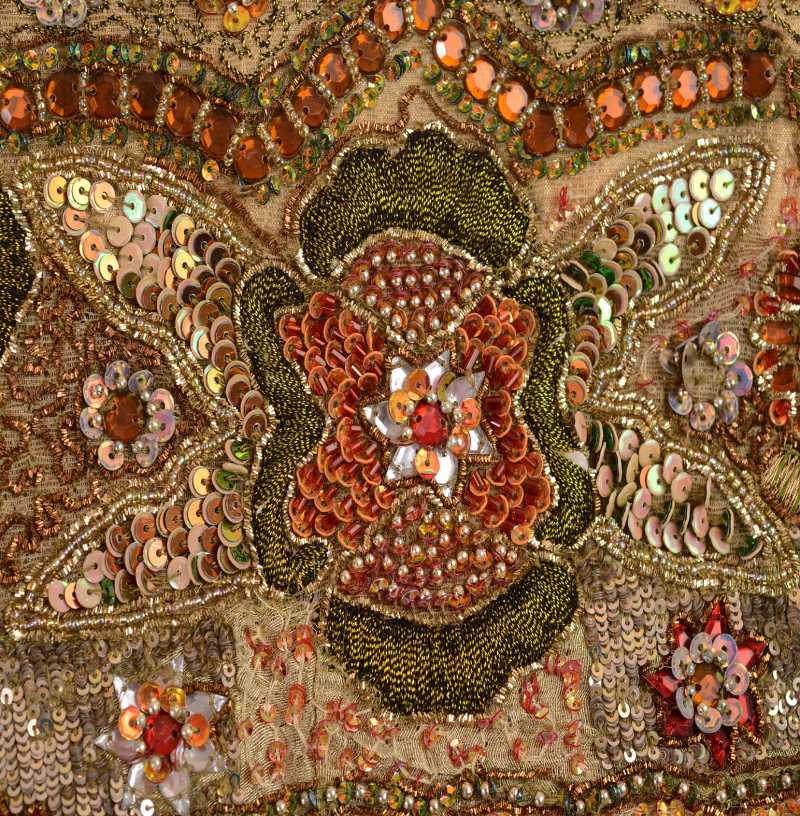===
0354,
3
===

=== |
 |
mazaar : 'A place of visitation; —a shrine; a sepulchre, tomb, grave'. (Platts p.1028)
FWP:
SETS
MOTIFS
NAMES
TERMS == DASTAN; THEMEIt's a haunting verse, resonant and full of 'mood'. Yet what tiny words it's made of, and with such a long refrain, and with so many syllables required by the repetitive (but of course vital) idiomatic expression mazaare;N hii mazaare;N -- it's astonishing how little scope is left for the whole rest of the verse. But there it is, and it doesn't feel at all crowded or rushed. As SRF notes, it really feels like casual conversation among friends.